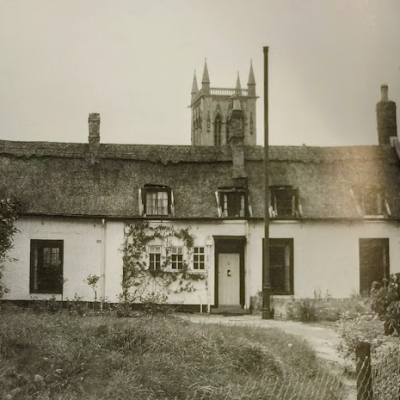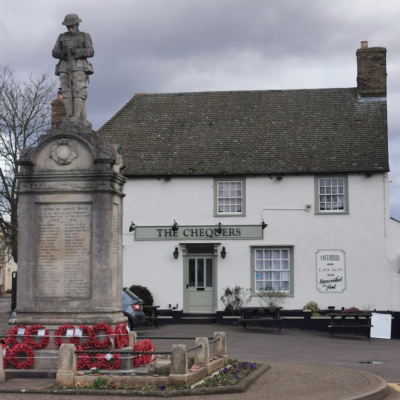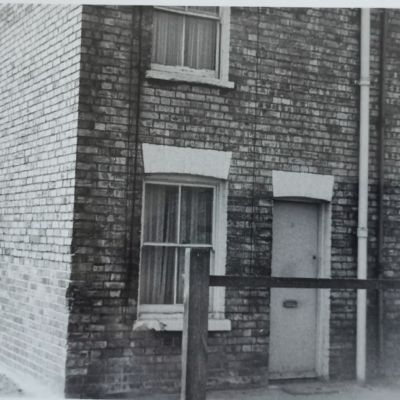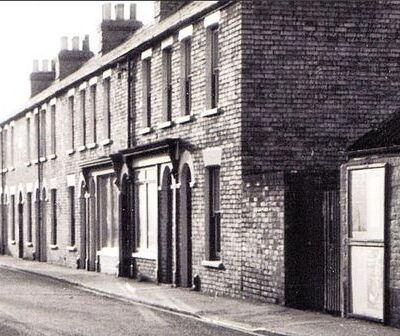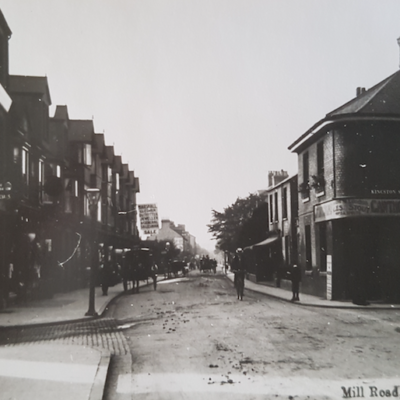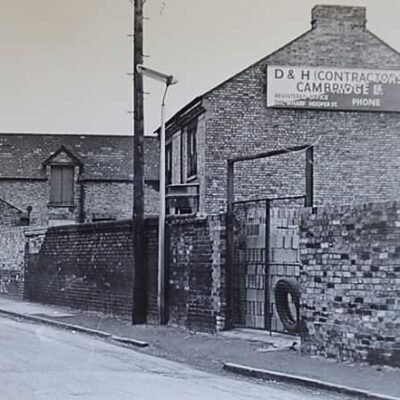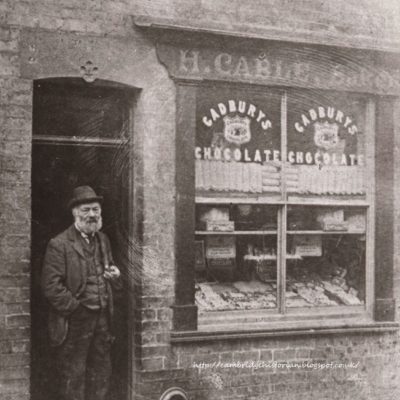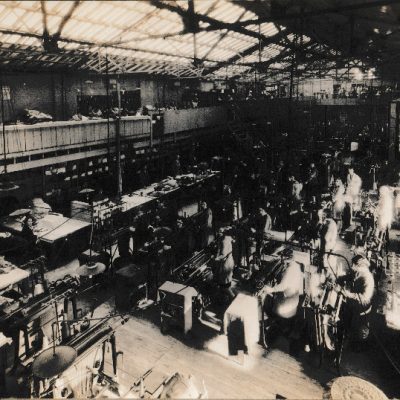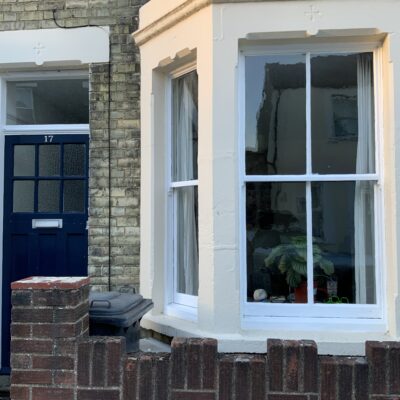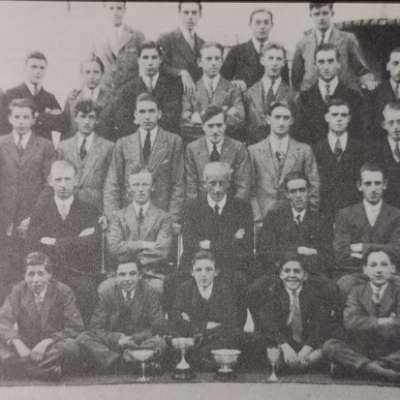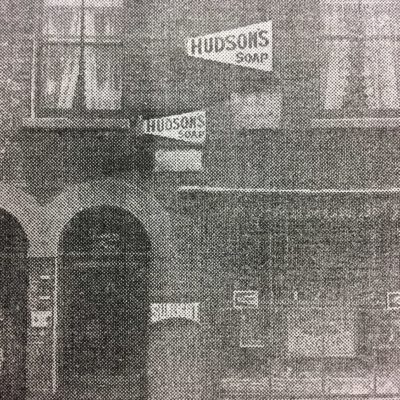Search by topic
- archaeology
- Building of Local Interest
- chapel
- charity
- church
- crime
- dressmaker
- fire
- Great Eastern Railway
- Listed building
- Mapping Relief
- medieval
- oral history
- poverty
- Public House
- Religious House
- Roman
- scholar
- school
- Then and Now
- tudor
- women
- work
- world war one
- world war two
Search by text
127 Sturton Street
Husband and wife Salvation Army Officers
This house does not appear on the Census until 1911.
1911
Harry John French (40) is the son of a non-conformist grocer from Somerset. He was born on the 28th of October 1870. His wife, Mary Donald French (nee Paterson), is the daughter of a gardener. She was born on the 28th of January 1873 in Kilbarchan, Renfrewshire.
He died on 14th October 1952, a retired Salvation Army Officer. Mary died in Kent in 1957, she was also a Salvation Army Officer.
Douglas Charles Millner, aged 14, is boarding with the couple. He is the son of Harry and Emma Millner, both Salvation Army Officers. Douglas was born in Cape Town, South Africa. He served in the London Regiment as a Rifleman during World War 1 and was taken prisoner. In February and March of 1917 newspapers around the country reported on the escape of Rifleman Millner after 21 months of captivity.
The London Gazette for December 13th 1917 records that Douglas Charles Millner of the London Regiment is to be promoted from Officer Cadet to 2nd Lieutenant.
In the Second World War Douglas was a Captain in the Intelligence Corps. He died on the 12th April 1942 and is buried in Halfaya Sollum War Cemetery, Egypt.
Sources: 1871, 1881, 1891, 1901, 1911 UK Census, 1939 Register, Dorset Burials, London Gazette (1665-2018), Commonwealth War Graves Commission Debt of Honour,
Contribute
Do you have any information about the people or places in this article? If so, then please let us know using the Contact page or by emailing capturingcambridge@
License
This work is licensed under CC BY-NC-SA 4.0





